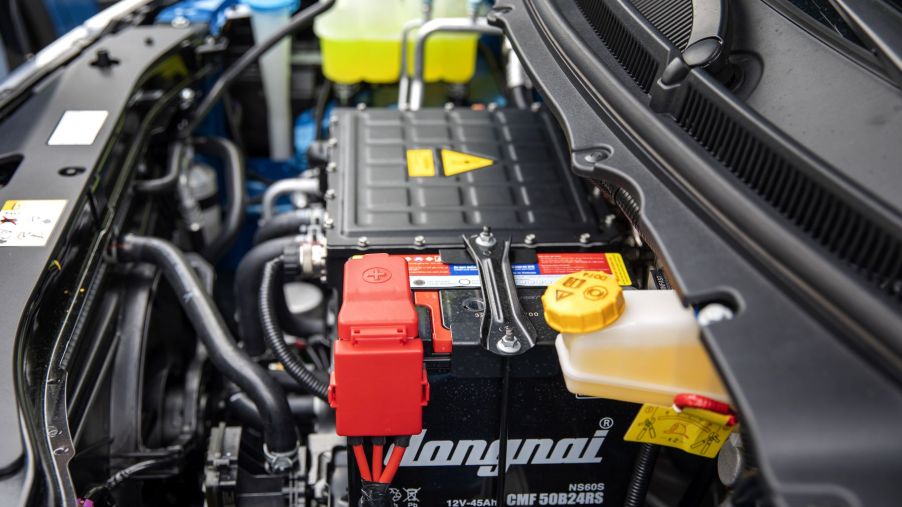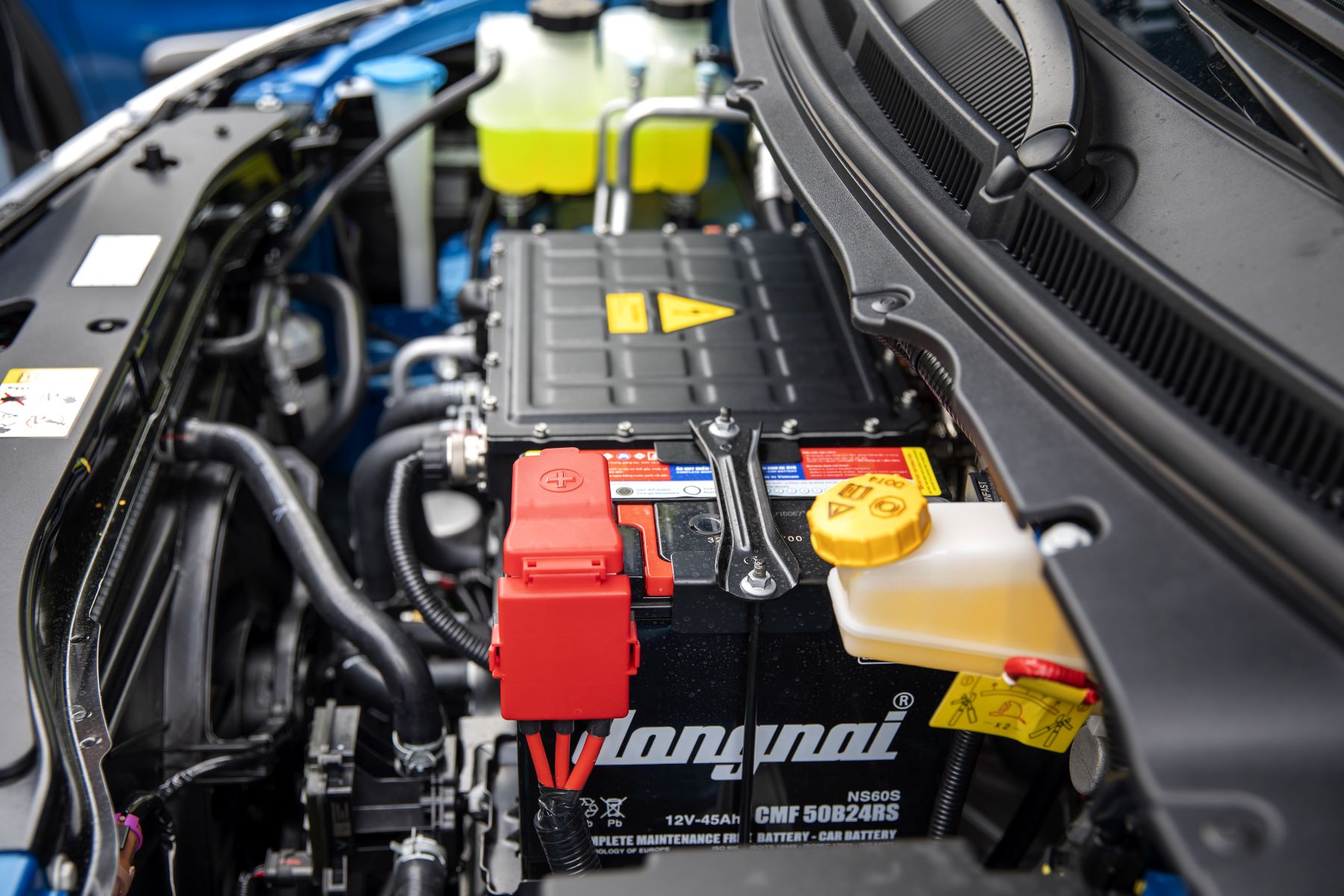
How Do You Jump-Start an Electric Vehicle (EV)?
Electric vehicles (EVs) and gas-powered vehicles are similar in most ways. They look the same, can take you from point A to B, include the same features and amenities, and typically present the same problems. In fact, the powertrain, which, in an EV, is the biggest thing that separates the two, substitutes a battery pack for an internal combustion engine. This begs the question, if your EV battery dies, would you be able to jump-start it just like you would a conventional car?
Jump-starting a dead battery in a gas-powered vehicle
Batteries die over time and need to be replaced. However, on some occasions, before that happens, car batteries discharge and can no longer start your car motor. You may leave the car running too long or the lights on overnight. So, when you return to your vehicle and try to start it, the battery’s charge is depleted.
Kelley Blue Book outlines the steps to jump-start a car, starting with positioning the vehicle with a charged battery next to yours so that the batteries are aligned, then lifting the hoods of both vehicles. Make sure neither car is running and all other functions are disabled. Then connect the jumpers cables from battery to battery. First, you’ll connect the red clamp to the dead battery’s positive terminal, then the other red clamp to the positive terminal of the fully charged one. Next, you’ll attach the black clamp to the dead battery’s negative terminal, then the other black clamp to an unpainted metal surface of the car.
Once you’ve taken these steps in that sequence, start the car with the charged battery, wait a few minutes, then start the vehicle with the discharged battery. Once the latter car runs smoothly, disconnect the jumper cables from both vehicles in the opposite order they were attached. Then you should drive the newly charged car for at least 20 to 30 minutes to allow the alternator time to power the battery even further.
Is jump-starting an EV battery different from an ICE car?
Like batteries in gas-powered cars, electric vehicle batteries can become discharged and stop you from starting your vehicle. Just like a gas-powered vehicle’s battery, an EV’s battery can be jump-started in the same manner using jumper cables. You don’t need different equipment to jump-start an EV’s battery. As CleanTechnica notes, you can jump-start a PHEV or hybrid in the same manner.
It’s important to note that when we’re talking about discharged EV batteries, we’re talking about the 12-volt battery you’ll find in every EV that handles an EVs electrical components and starts the car. If your vehicle doesn’t start, chances are it’s this 12-volt battery that has become discharged and needs to be jump-started.
This battery is different from lithium-ion packs that power an EV’s motor. The lithium-ion battery charges when you plug your EV into a home or public charging station. It has the same basic function as your gas tank – to provide the fuel your motor needs to operate.
How is the jump-start process different?

Unlike gas-powered vehicles, EVs should never be used to jump-start each other’s batteries. Tom’s Guide notes that using an EV, PHEV, or hybrid to start another EV risks causing severe damage to the car with the charged battery. If you need to jump-start your EV, you’ll want to ask someone with a gas-powered vehicle to help you. However, a gas-powered car can be used to jump-start another vehicle’s battery without any issue.
You also want to steer very clear of the lithium-ion batteries in your vehicle. Kelley Blue Book warns that accidentally trying to jump-start them with jumper cables or even handle them can cause serious and potentially fatal injuries. Also, never try to jump-start your 12-volt battery while your lithium-ion battery is being charged at a home or charging station. The results could be disastrous.
Otherwise, the process for jump-starting an EV’s 12-volt battery is very similar to starting a gas-powered vehicle’s battery. You’ll turn both cars off, use the same jumper cable sequence when jump-starting a gas-powered car, and start the EV with the charged battery, then the one with the discharged one. Once both vehicles are running, you’ll turn them off and disconnect the jumper cables in the opposite order in which you attached them. Then drive the newly charged car for 20 to 30 minutes afterward.


